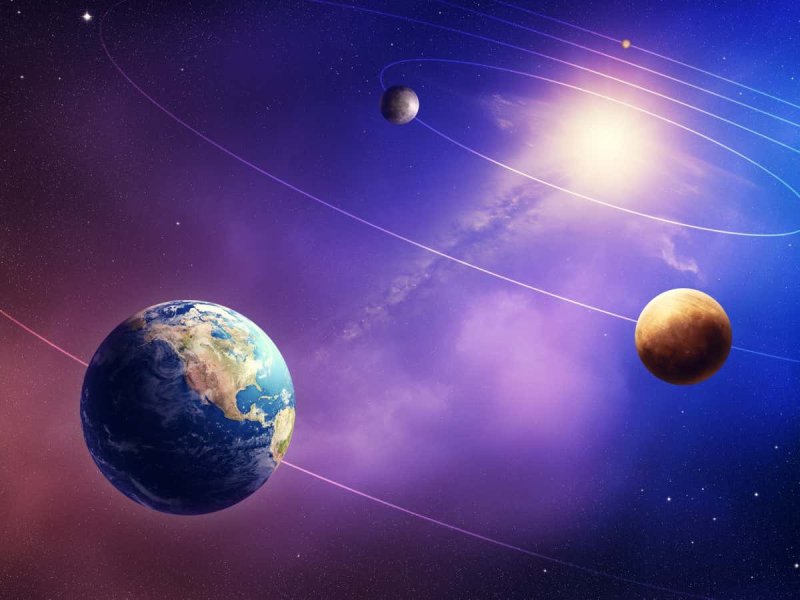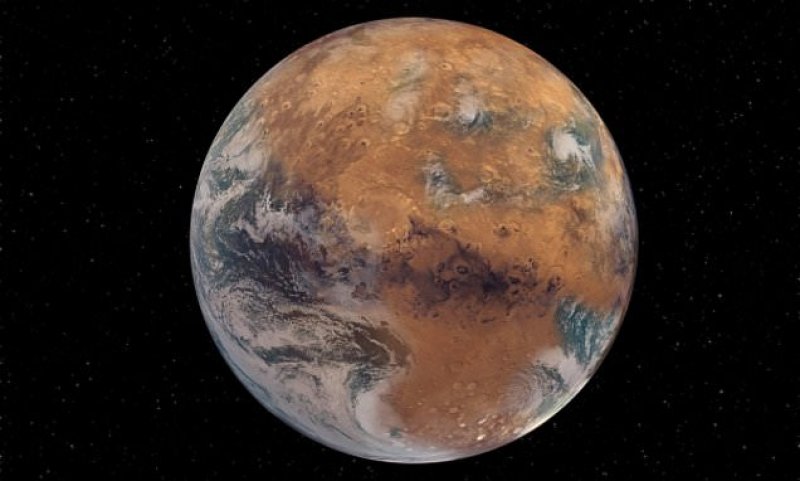


The study describes minerals and textures that on Earth are often linked to microbial activity. At the same time, the authors stress that nonbiological chemistry could also explain the signals. Lary Ralls reported in Earth.com.
This finding by Perseverance is the closest we have ever come to discovering life on Mars. The identification of a potential biosignature on the Red Planet is a groundbreaking discovery, and one that will advance our understanding of Mars,” said acting NASA Administrator Sean Duffy.
NASA’s commitment to conducting Gold Standard Science will continue as we pursue our goal of putting American boots on Mars’ rocky soil.”
The core was taken from a rock named “Chevaya Falls” in Neretva Vallis, an ancient river channel about a quarter mile wide that once fed Jezero Crater’s lake.
After drilling, Perseverance sealed the sample for possible return to Earth, where laboratory instruments can perform tests far beyond the rover’s onboard capabilities.

Lead author Joel A. Hurowitz of Stony Brook University (SBU) reports a fine-grained mudstone with circular reaction fronts informally called leopard spots, plus small nodules embedded in layered sediments.
Perseverance’s SHERLOC and PIXL instruments mapped organic carbon with phosphate, iron, and sulfur arranged in distinct, repeating patterns.
potential biosignature is a feature that might have a biological origin but still needs more data to rule out nonbiological sources.
NASA points mission teams and the public to the Confidence of Life Detection, or CoLD scale, which encourages staged claims and independent checks.
The CoLD mindset is simple in practice. First detect a signal, then exclude contamination, then tackle alternatives, and only then talk about life on Mars with high confidence.
The Bright Angel work sits early on that ladder. It clears several necessary steps but leaves demanding tests for the lab.
Organic compounds can also arrive by meteorites or form without biology. The authors note those routes and describe how future analyses could tell paths apart.